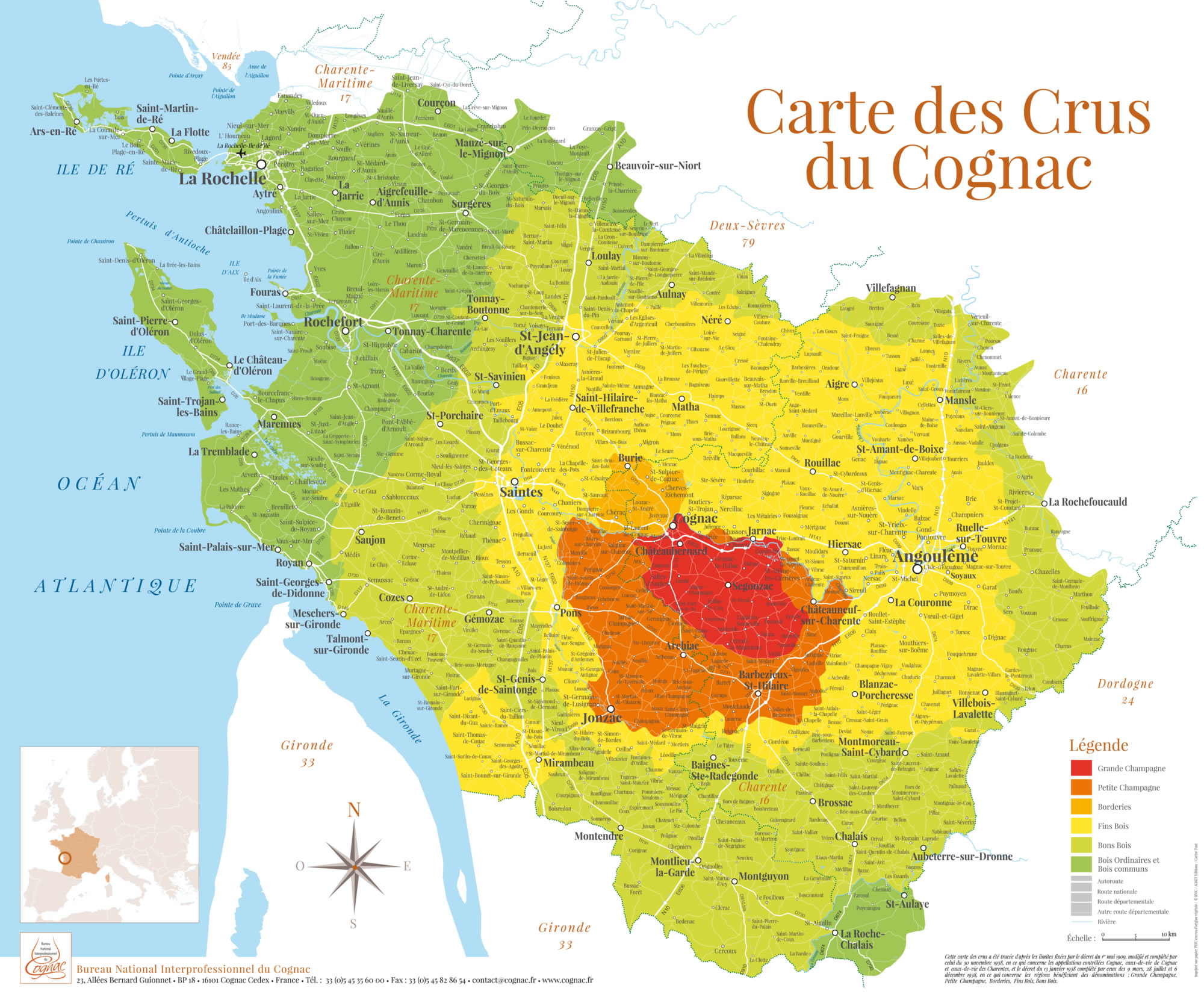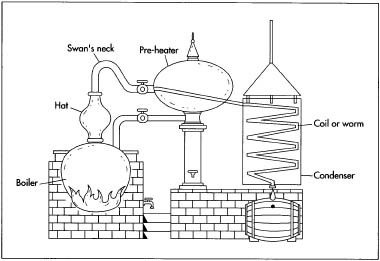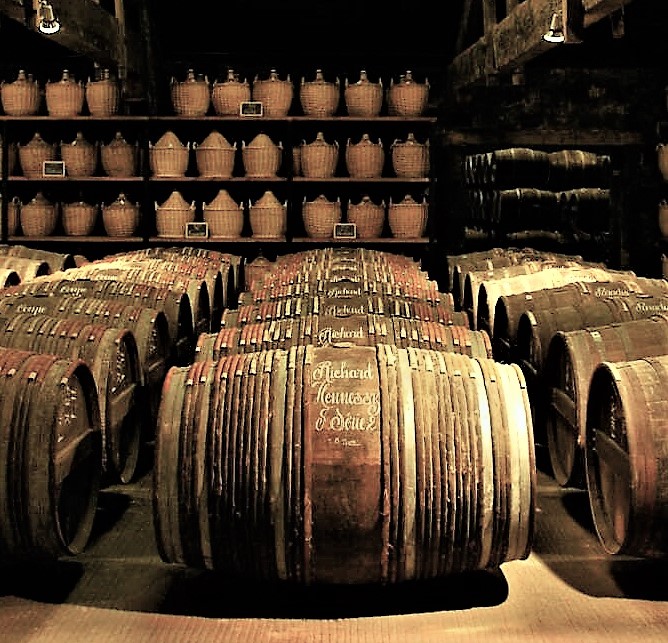Published the 02/03/2020 in Our Selection
Cognac, a world-famous spirit, is neighbour to the wines of Bordeaux. It takes its name from the city of Cognac, the heart of the appellation, where the largest Houses are found: Hennessy, Rémy Martin... And for those who dream of discovering their manufacturing secrets, it is less than two hours drive from Bordeaux, which makes it a perfect complement during a stay in Bordeaux.
Winter is a crucial period for the great Houses of Cognac because It’s distillation time. We can even sense it in the air when we are approaching the region. Why this period is so important and how the distillation goes, let’s find out together!
The Cognac production region extends far beyond the city of Cognac alone, even if the largest houses are found there: Martell, Rémy Martin, Hennessy. Courvoisier can be found a little further up the river Charente, in Jarnac, another major Cognac producing town.
To be eligible for the Cognac appellation, the grapes must be produced in one of the Cognac crus. There are 6 of them, used to define the quality of Cognac's terroirs, - Grande Champagne and Petite Champagne being the most prestigious - which extend over a vast territory limited to the south by the Bordeaux vineyards (Blaye) and to the west by the islands of Oléron and Ré. The Vin Charentais (IGP) and Pineau des Charentes are also produced here.

The Cognac is produced from white wine coming from this region. And it’s thanks to distillation that it becomes a spirit. It’s interesting to know that the process of distillation hasn’t been changed since the birth of Cognac in XVIIth century!
The device for distillation is called an alembic Charentais (the pot still from Charente). It’s completely made of copper. This alembic is composed of boiler followed-up by hat and then a swan’s neck which transforms into a coil (or worm) passing through a condenser.

There are two steps of distillation:
During the first step wine is introduced into the boiler and boiled. This process frees alcohol vapors concentrated in the hat. The most volatile vapors go into swan’s neck and then into the coil. After the contact with cold water vapors condense and become liquid. This liquid is called “brouillis” and it contains from 27 to 32% of alcohol.
During the second chauffe the process is the same but instead of wine comes the brouillis. Only the heart of this distillation will be taken to make cognac. The result of this step contains from 60 to 75% of alcohol.
One liter of cognac is made of about ten liters of wine.

The distilled wine is then kept in oak barrels. To have right for the official name of cognac the spirit must age during at least two years. The most of cognacs ages for two years and half but some producers can make it to seven years.
This long moment allows spirit to pass from limpid to nice amber color.

Every year some part of spirit vaporizes. They call this vaporization the Part of Angels et this is it that we can sense when we come to Cognac during the distillation time. The Part of Angels is a loss that allows a gain to make a perfect quality.
And if you desire to sense it yourself come to Cognac during winter. The weather is not so warm, but some cold makes this warming spirit even more interesting to taste.